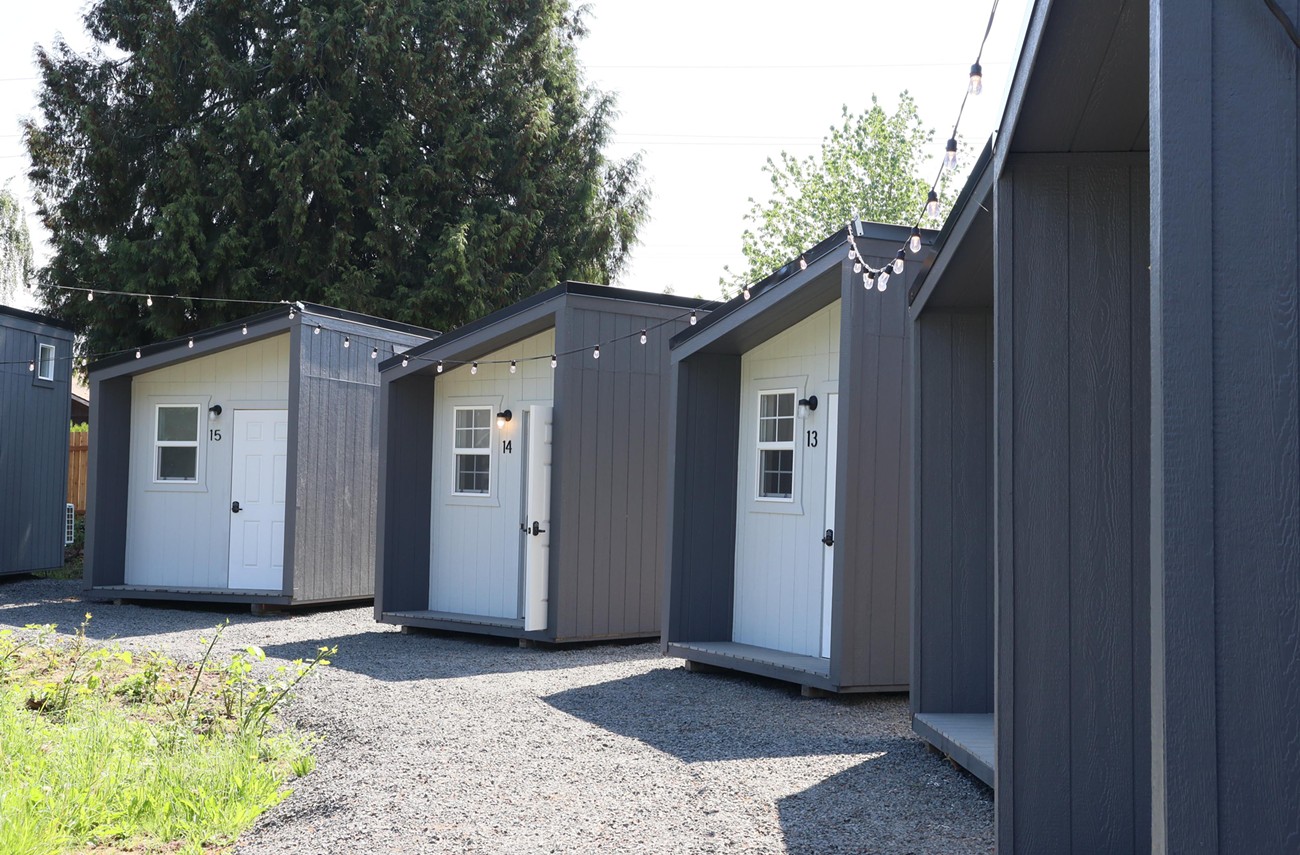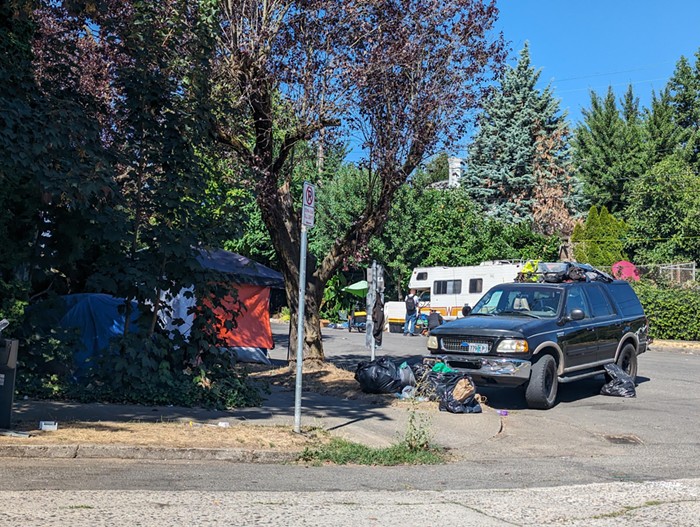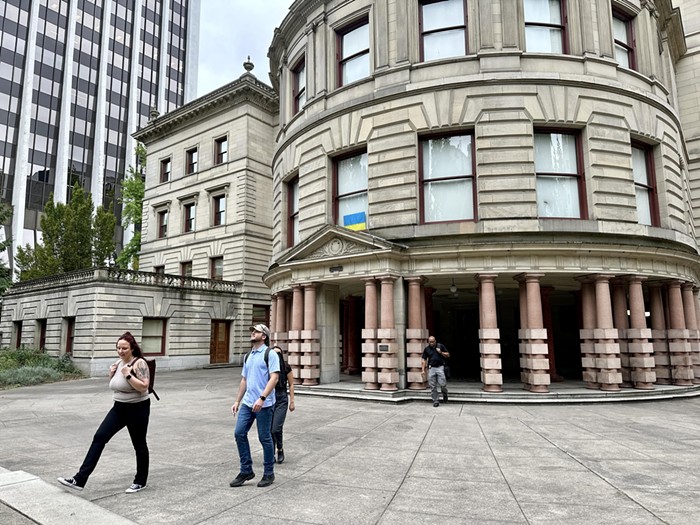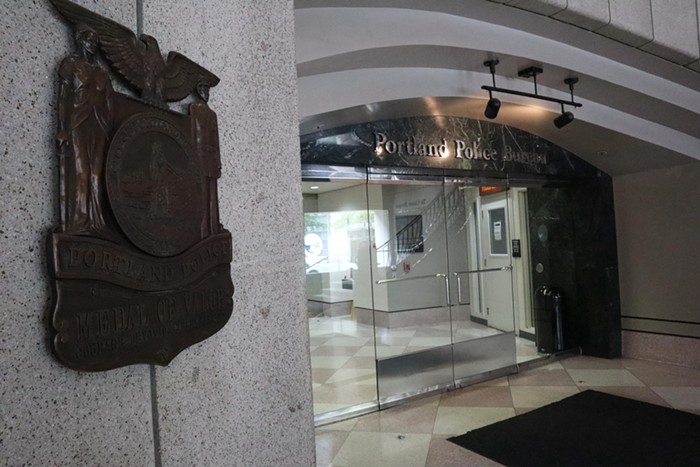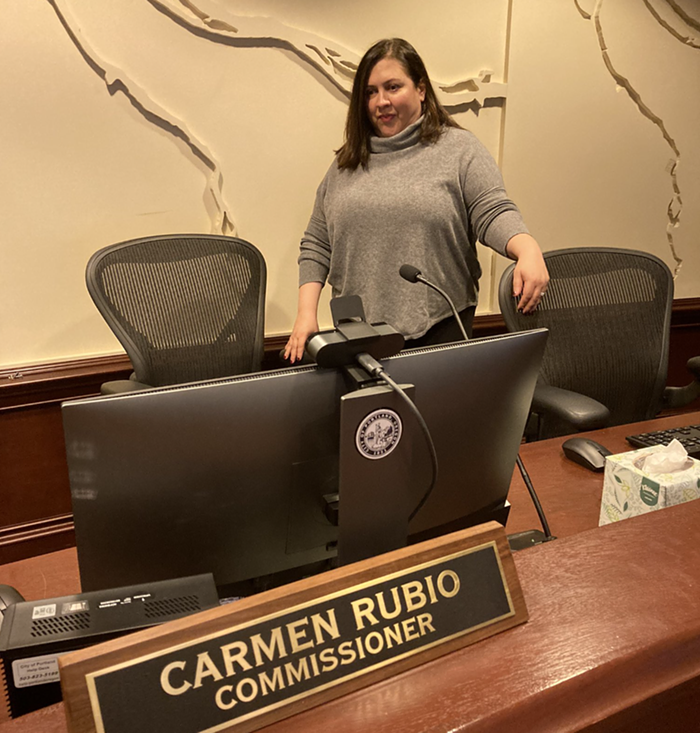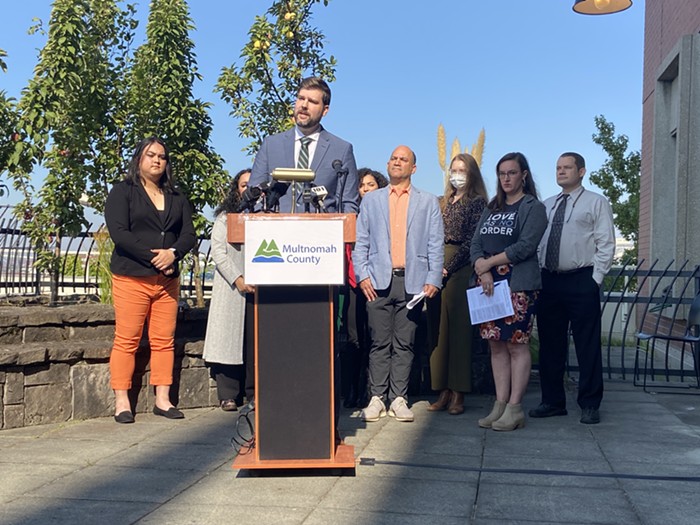This story has been updated to more accurately reflect the number of shelter beds in the county.
Brandy Westerman knows she can’t solve Portland’s homelessness crisis, but she’s determined to at least try to fix it.
In September, she was named the new Emergency Humanitarian Operations director for Portland. Westerman now oversees the city’s seven Safe Rest Villages and the Temporary Alternative Shelter Site (TASS) in Southeast Portland. Together, the pod-style outdoor shelter sites offer nearly 490 beds to those who don’t have stable housing. With another TASS under development in North Portland, and the expansion of two Safe Rest Villages, the city expects to boost its shelter offerings to nearly 780 by the end of the year. That number doesn’t reflect the more than 2,300 adult, family, youth and domestic violence shelter beds across Multnomah County offered by nonprofit groups like Portland Rescue Mission, or Transition Projects.
It’s still not enough to meet the need.
The latest point-in-time count estimates nearly 6,300 people are unhoused each night in Multnomah County, with the majority of those people in Portland. Of that number, 1,821 were reportedly staying in shelters, with another 530 in transitional housing, according to data released by Multnomah County last year. City staff say the outdoor Safe Rest Villages and TASS shelters are nearly “always at capacity,” because there aren’t enough shelter beds to serve the number of people living on the streets.
Those numbers alone are driving everything from policy and budget decisions at the city, to affordable housing development, and state legislative priorities. As Portland tries to tackle the existing shelter shortage, as well as the root causes of homelessness, Westerman and her team have their work cut out.

Westerman oversees the city's homeless shelter programs. She says wraparound
services will be key in helping people find housing after shelter. courtney vaughn
The team says the goal is not just to expand the number of available shelters, but to make sure people can exit them successfully.
“I see shelter as a necessary part of the service ecosystem, while recognizing that secure housing with adequate and tailored services for every individual and family experiencing houselessness is our goal,” Westerman stated in a news release.
As for how to pay for it all as city bureaus are slashing budgets, the city's shelter operations team will use up its existing American Rescue Plan Act dollars–federal economic recovery funding that flowed to the city during the pandemic–while looking at a “multitude” of other funding sources to keep the shelters funded. The city's TASS and Safe Rest sites receive a large chunk of funding from the Supportive Housing Services Metro bond. Currently, it costs about $1.5 million to $3 million to operate each Safe Rest site annually, in addition to initial site development costs and pod purchases.
Westerman, who earned a bachelor’s degree in international affairs and economics at Portland’s Lewis and Clark College, spent more than 20 years leading global humanitarian operations with Mercy Corps. Before taking a job at the city, she oversaw program performance and program design at the locally-headquartered non-governmental organization.
Westerman says there's room for improvement
Westerman’s been on the job with the city for four months. Since then, she says she’s identified ways to improve the system, by prioritizing wraparound support and services for those who enter the city’s shelters, in an effort to get them out of the shelter system and into housing.
“Anybody who’s going into shelter can expert certain services to be provided to them," Westerman said Wednesday during an interview. Those services include behavioral health support, access to health care, case management, and housing readiness, among others. Westerman says those added supports are vital, "so that they can move through that process of healing and stabilization and come out of shelter."
The new homelessness services director says she’s also leaning into a data-driven approach to find out what’s working, and what’s worked well in other areas.
“What does the data tell us about what can help a person move into housing, because ultimately, we want to see shelters as a temporary program,” Westerman said Wednesday. “We want people put into housing and we want people successfully staying in housing.”
That last part could prove tricky. The city tries to conduct exit interviews, but most shelter operators don’t currently have a system, or the resources, to track everyone who leaves a shelter. Some are accounted for by way of receiving continued services at a supportive housing site, but many who don’t find permanent housing either end up back on the street, find family or friends to stay with, end up in an institution, or are unaccounted for.
The city reported 237 shelter exits from its Safe Rest Villages from July 2022 to September 2023. Of those who left, 32 percent (77 people) moved into housing, 7.5 percent (18 people) found temporary housing, 14 percent (34 people) ended up back on the streets, and 34 percent (81 people) had unknown whereabouts after leaving.

village pod-style shelters, from July 2022 to September 2023.
What’s more, many formerly homeless residents who find supportive housing don’t always thrive.
The other barrier Westerman’s team faces: preventing people from becoming homeless in the first place. The Portland Housing Bureau and other contracted agencies have eviction prevention programs, but that’s a separate bureau and team.
“It’s not the focus of my team, but I want to give it some time anyway, because it is absolutely critical,” Westerman said. “It is much easier and more efficient to support somebody before they lose their housing than it is to address homelessness.”
